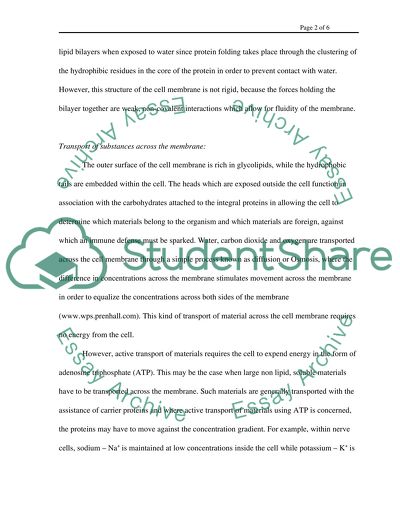Retrieved from https://studentshare.org/miscellaneous/1541578-describe-how-membrane-structure-is-related-to-the-transport-of-materials-across-a-membrane-and-the-role-of-membrandes-in-the-synthesis-of-atp-in-either-respirat
https://studentshare.org/miscellaneous/1541578-describe-how-membrane-structure-is-related-to-the-transport-of-materials-across-a-membrane-and-the-role-of-membrandes-in-the-synthesis-of-atp-in-either-respirat.


